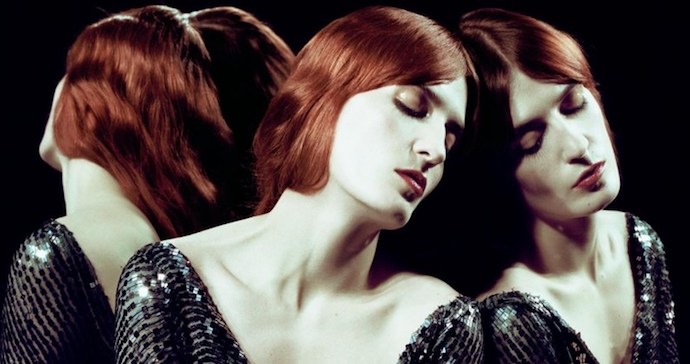by Stephanie Chatfield
Women are at the heart of Pre-Raphaelite art, giving rise to the enduring idea of the ‘Pre-Raphaelite Woman.’ The term often appears in media today to describe actresses or musicians with long, flowing hair. Musician Florence Welch being a frequent example and proud embodiment of the look.
But was there ever a single ideal? When we look beyond the painted canvases to the real women who inspired them, we find a rich diversity. To their credit, the Pre-Raphaelites and their circle didn’t idealize just one type; women of varying shapes, features, and presence became muses. Over time, their individual strengths have blended into the image we now call the ‘Pre-Raphaelite Stunner.’
While I’m wary of reducing any woman to her appearance alone, exploring how these models helped shape a visual legacy can offer meaningful insight into the aesthetic we associate with ‘Pre-Raphaelite.’

Elizabeth Siddal
Elizabeth Siddal was one of the earliest and most iconic Pre-Raphaelite models. Discovered while working at Mrs. Tozer’s millinery shop, she made her first appearance in Walter Howell Deverell’s painting Twelfth Night. Soon after, she posed for William Holman Hunt and John Everett Millais — most famously as Ophelia. Eventually, Siddal became the exclusive muse of Dante Gabriel Rossetti, who also took her on as a pupil as she began a promising artistic career of her own. Their passionate, on-again-off-again relationship spanned nearly a decade before they finally married in 1860.
Siddal’s life, however, was marked by physical and emotional suffering. Often described as fragile, she became addicted to laudanum, an opiate commonly used at the time. The stillbirth of her daughter deepened her depression, and in 1862, Siddal died of an overdose.
Seven years later, in a moment of anguish and artistic desperation, Rossetti had her grave exhumed to retrieve a manuscript of poems he had buried with her. That act cast a lasting shadow of tragedy and macabre fascination over Siddal’s legacy.
Yet at the beginning, it was her face and presence that deeply inspired Rossetti. His sister, poet Christina Rossetti, captured this devotion in her poem In an Artist’s Studio: ‘He feeds upon her face by day and night.’
Ford Madox Brown, a fellow artist, described Rossetti’s obsessive drawings of Siddal as a ‘monomania.’ Rossetti himself once wrote that upon first seeing her, he felt ‘his destiny was defined.’ And indeed, her features would go on to dominate his art throughout the 1850s, shaping the very image of the Pre-Raphaelite ideal.
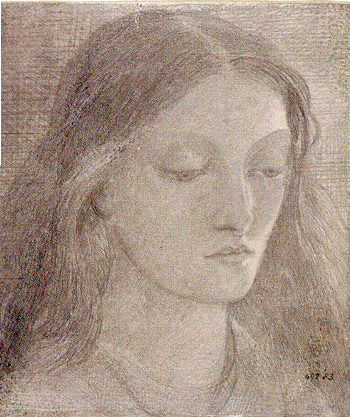

Elizabeth Siddal did not fit the mold of conventional Victorian beauty. At a time when a petite, delicate frame was idealized, she was considered somewhat tall. Red hair, too, was unfashionable and was often seen as a sign of bad luck or unattractiveness. Yet Siddal’s vivid hair became a hallmark of Pre-Raphaelite art. Rossetti and his peers portrayed her flowing red locks with such romantic intensity that they helped redefine its aesthetic appeal.
In the years after her death, Siddal’s hair took on an almost mythical status. Charles Augustus Howell famously claimed that when her coffin was exhumed, her hair had continued to grow, filling the casket with fiery strands. Though biologically impossible, the story endured, becoming part of the eerie and enduring legend that surrounds the Pre-Raphaelite circle.
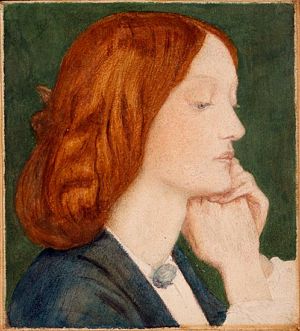
While Rossetti was captivated by Elizabeth Siddal’s features, it’s equally compelling to consider how Siddal saw herself.
Her self-portrait reflects the Pre-Raphaelite commitment to ‘truth to nature,’ yet it stands apart from the idealized images of women often associated with the movement. Siddal presents herself with honesty and directness — an unflinching portrayal that resists romanticization.
For those interested in exploring her life further, I recommend Lucinda Hawksley’s biography, as well as Jan Marsh’s Pre-Raphaelite Sisterhood and The Legend of Elizabeth Siddal.

Annie Miller
Annie Miller was a muse to artist William Holman Hunt and, like Elizabeth Siddal, appeared in some of the earliest Pre-Raphaelite works. Hunt intended to marry her and arranged for her to receive lessons in refinement, hoping to elevate her social standing. Though his intentions may have been well-meaning, their relationship became strained, especially during his extended trip to the Middle East, and the marriage never happened.
Frustrated by what he perceived as her inappropriate behavior during his absence, Hunt eventually erased Miller’s likeness from many of his paintings, including The Awakening Conscience and Il Dolce Far Niente. As a result, it’s through Rossetti’s depictions of Annie Miller that her presence in the Pre-Raphaelite story endures; those are the images I’ll be sharing below.



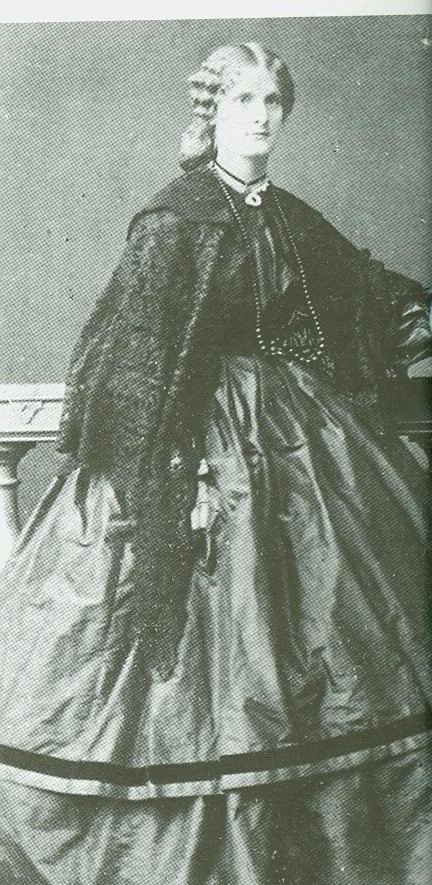
Effie Millais
Effie Gray found herself in a cold, unconsummated marriage to the prominent art critic John Ruskin when she met artist John Everett Millais, who fell deeply in love with her. Following a painful legal annulment (during which she had to endure the indignity of proving her virginity) Effie and Millais were finally able to marry.
Effie’s story was brought to the screen in a film written by and starring Emma Thompson, with Dakota Fanning portraying Effie Gray. The film is often available for streaming on Amazon. For a deeper exploration of the complex and poignant triangle between Effie, Ruskin, and Millais, I highly recommend Effie: The Passionate Lives of Effie Gray, John Ruskin and John Everett Millais by Suzanne Fagence Cooper.
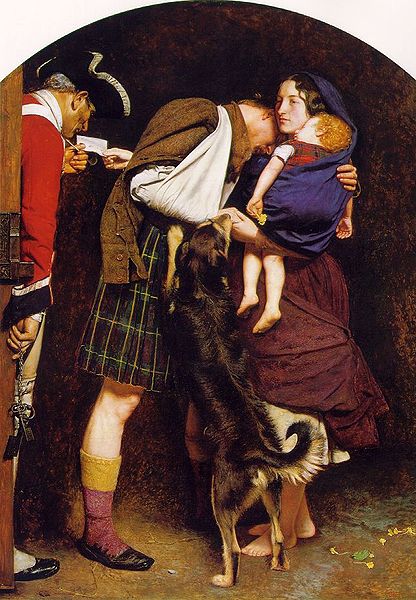
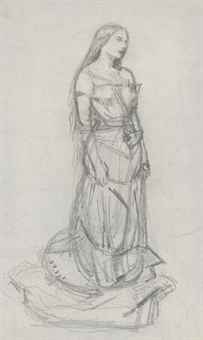
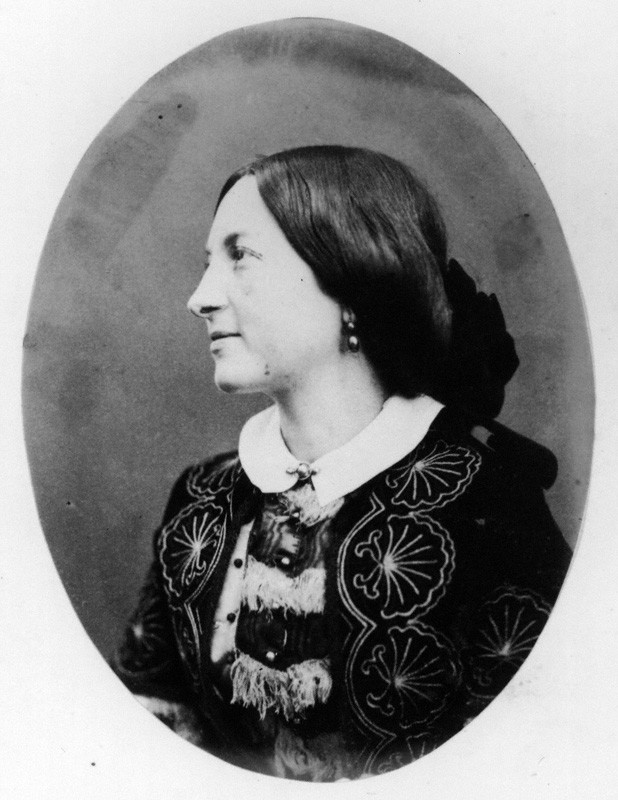
Fanny Cornforth
Fanny Cornforth may have been Rossetti’s truest and most loyal companion. Often dismissed or disparaged by those in his inner circle, she nonetheless remained steadfast. Her arrival marked a turning point in his art, ushering in a new, sensuous phase—most notably with Bocca Baciata (The Kissed Mouth), a celebration of physical beauty and pleasure.
In contrast to Elizabeth Siddal’s frequent illnesses, Cornforth was vibrant, full-figured, and full of life. Where Siddal was the ethereal muse to be admired from afar, Cornforth was the woman to share laughter, passion, and presence with. Yet despite her closeness to Rossetti, she was not the woman he would marry.
Over time, her role shifted from muse to housekeeper as Rossetti’s artistic focus turned to other faces. Still, she remained a constant presence in his life, a living reminder of an era of joy and creative freedom. For a deeper look into her extraordinary story, I recommend Stunner: The Fall and Rise of Fanny Cornforth by Kirsty Stonell Walker.
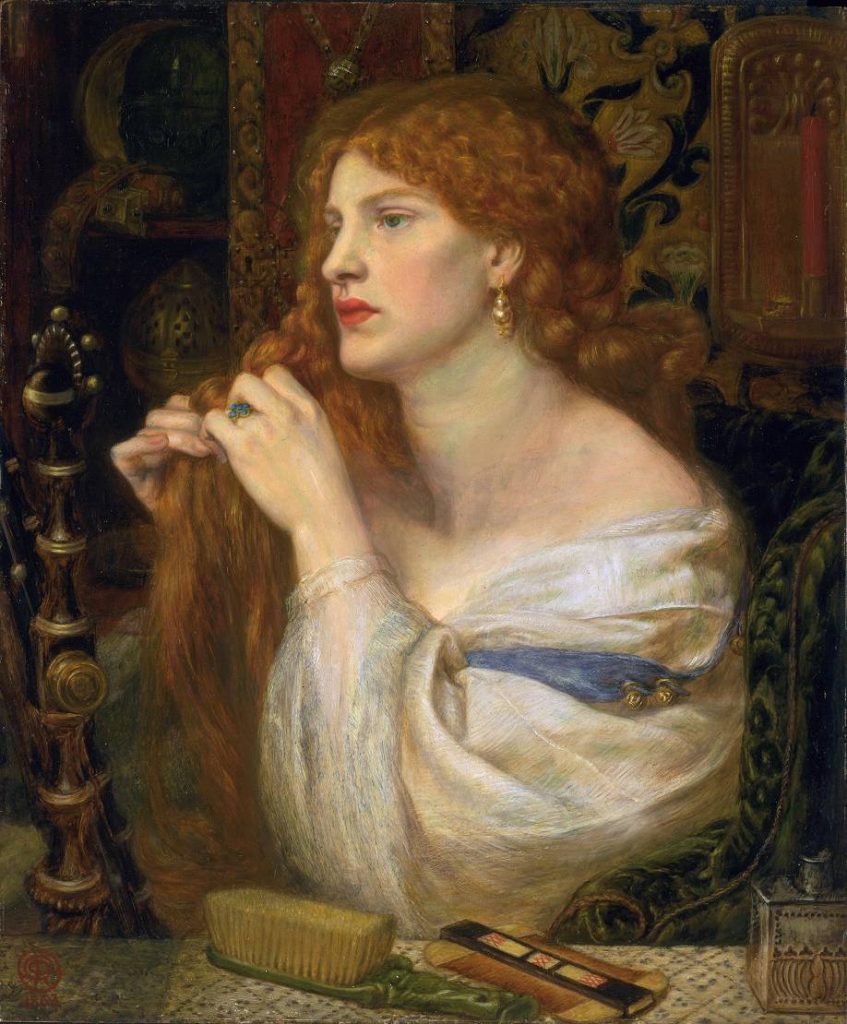
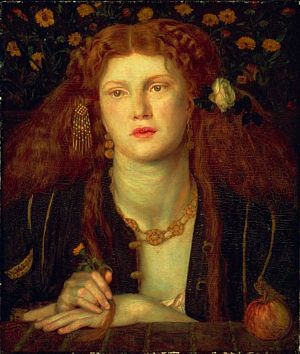
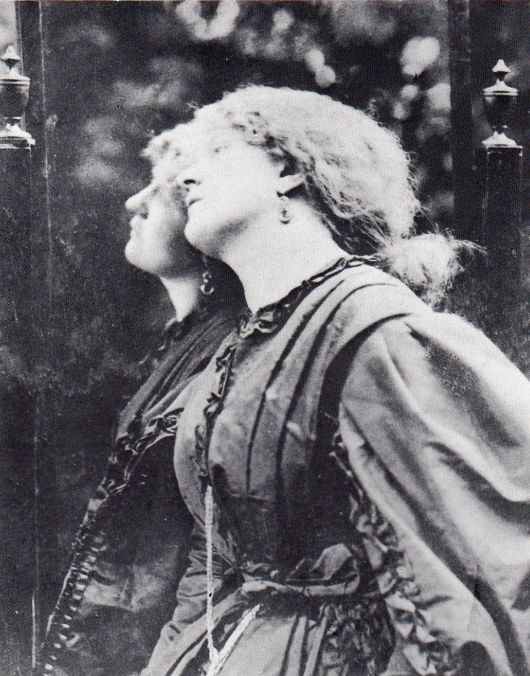
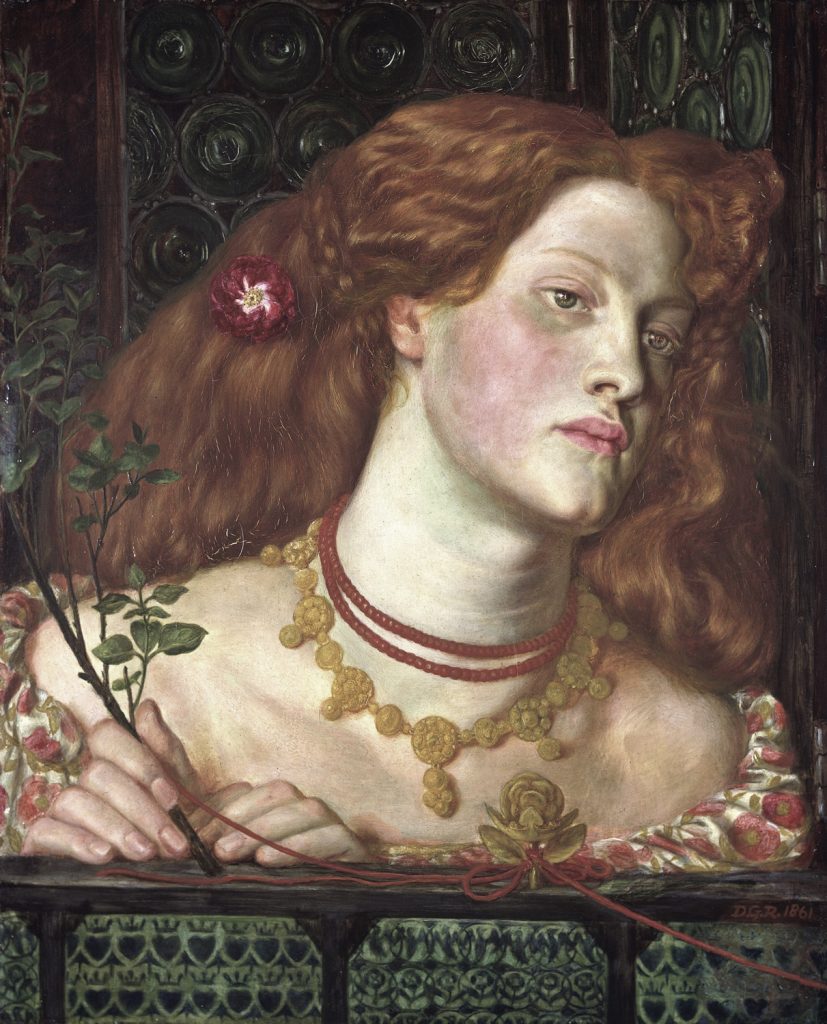
Georgiana Burne-Jones
Georgiana Burne-Jones became engaged to Edward Burne-Jones, whom she lovingly called ‘Ned,’ while still in her teens. Known for her gentle nature and devotion, she remained a supportive partner throughout his life and career.
Affectionately called ‘Georgie,’ she was the fifth of eleven children in the remarkable MacDonald family. Her sister Agnes married painter Edward Poynter, who would go on to become Director of the National Gallery and President of the Royal Academy. Another sister, Louisa, was the mother of future Prime Minister Stanley Baldwin, while their sister Alice gave birth to renowned author Rudyard Kipling.


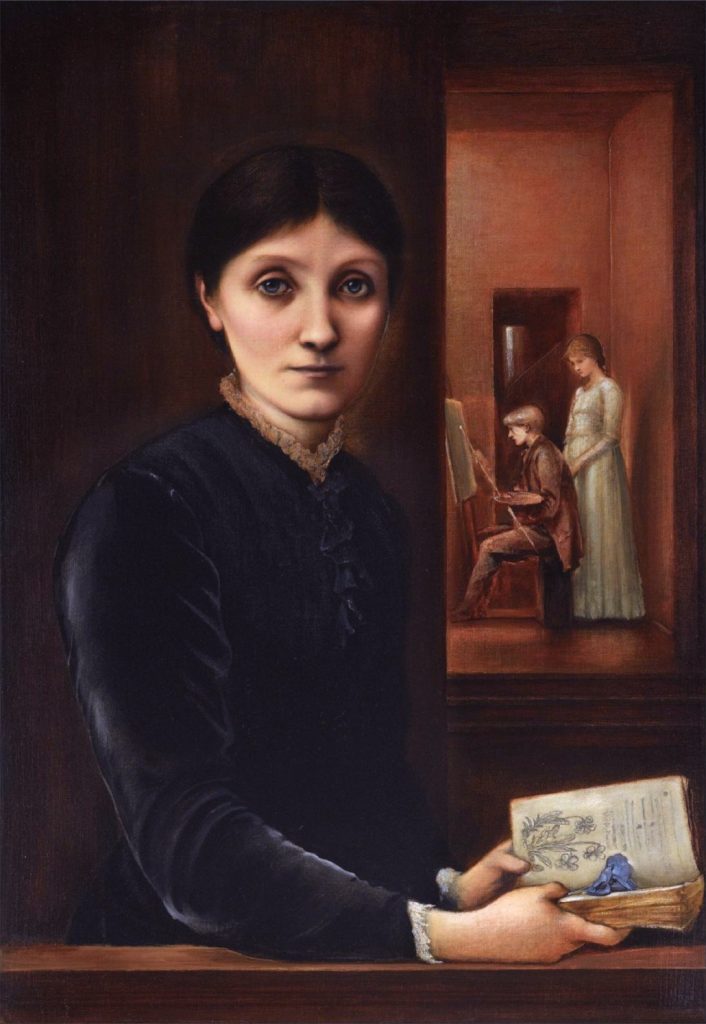
Maria Zambaco
Though Edward and Georgiana Burne-Jones shared a long and devoted marriage, Edward had a significant extramarital relationship with Maria Zambaco, who appears frequently in his work. What began as a passionate affair eventually turned dark and turbulent, and over time, his portrayals of Zambaco took on more complex, even conflicted, undertones.

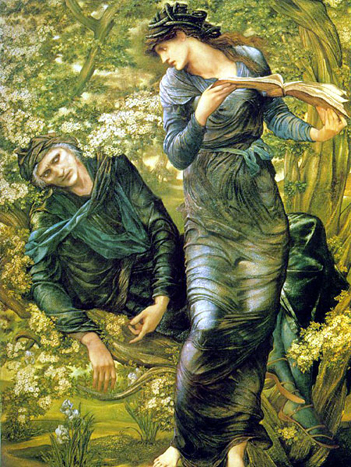
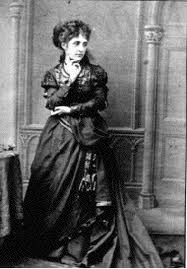
Jane Morris
Jane Morris was introduced to the Pre-Raphaelite circle in Oxford, where she caught the attention of Dante Gabriel Rossetti and Edward Burne-Jones during a theater performance.
Though she later married Rossetti’s close friend, William Morris, several years after Elizabeth Siddal’s death, Jane became the object of a passionate romance with Rossetti. Their relationship continues to captivate those who study Pre-Raphaelite art, especially as William Morris, though undoubtedly heartbroken, remained consistently loving and supportive toward her.
Rossetti’s paintings of Jane took on the same obsessive quality that characterized his earlier works with Elizabeth Siddal, mirroring the sentiment in Christina Rossetti’s poem In An Artist’s Studio: ‘He feeds upon her face by day and night.‘ Once again, the artist’s fixation is channeled through the image of his muse.



Alexa Wilding
When Rossetti first spotted Alexa Wilding on a bustling street, he was immediately struck by her presence and asked her to pose for him. Tall and strikingly different from his muse Jane Morris, Alexa’s physical features were a distinct contrast. Yet, during the same period, Rossetti painted both women frequently, imbuing his works with his signature style — those bee-stung lips, strong arms, and elongated necks.
Kirsty Stonell Walker has crafted a captivating fictionalized account of Alexa’s life in A Curl of Copper and Pearl, offering a glimpse into the world of this enigmatic muse..
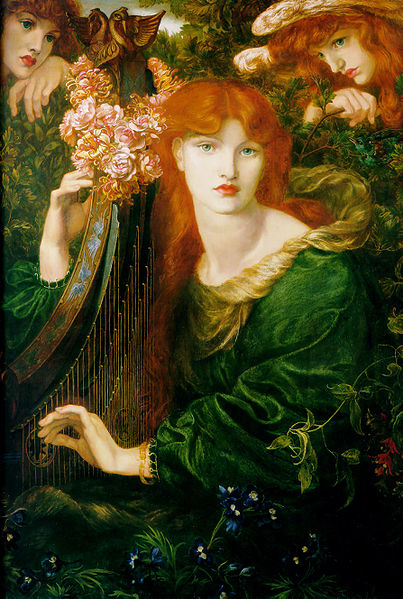
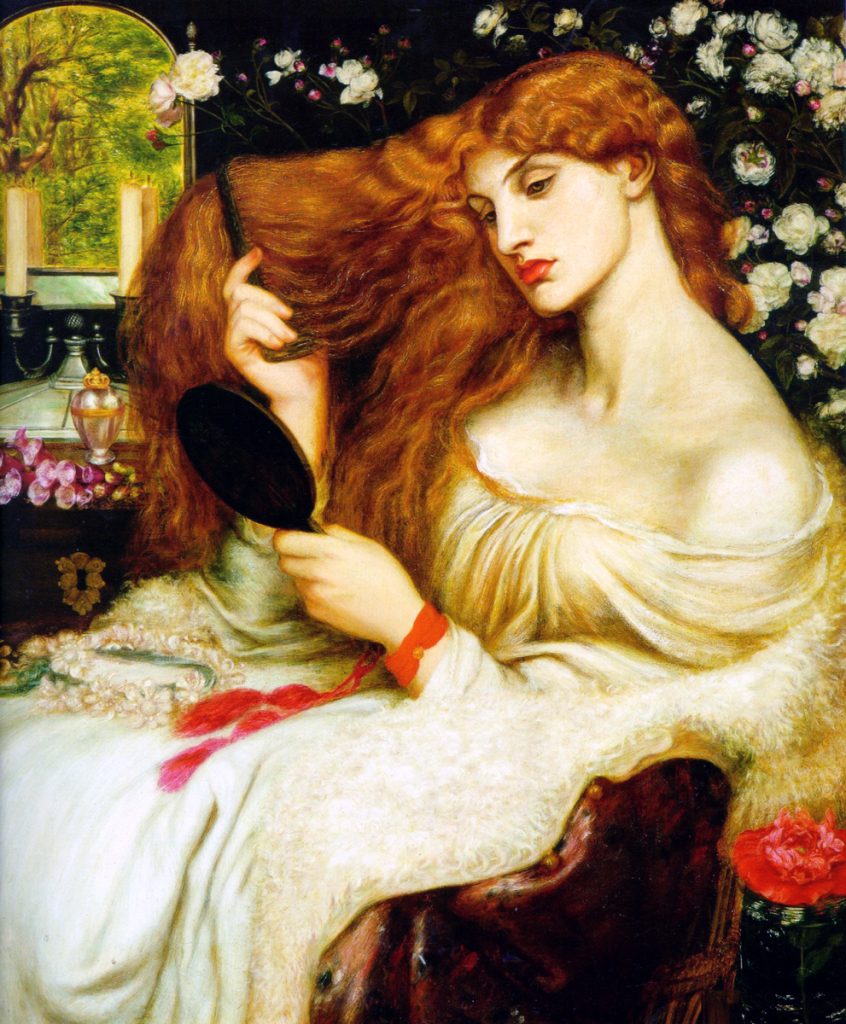
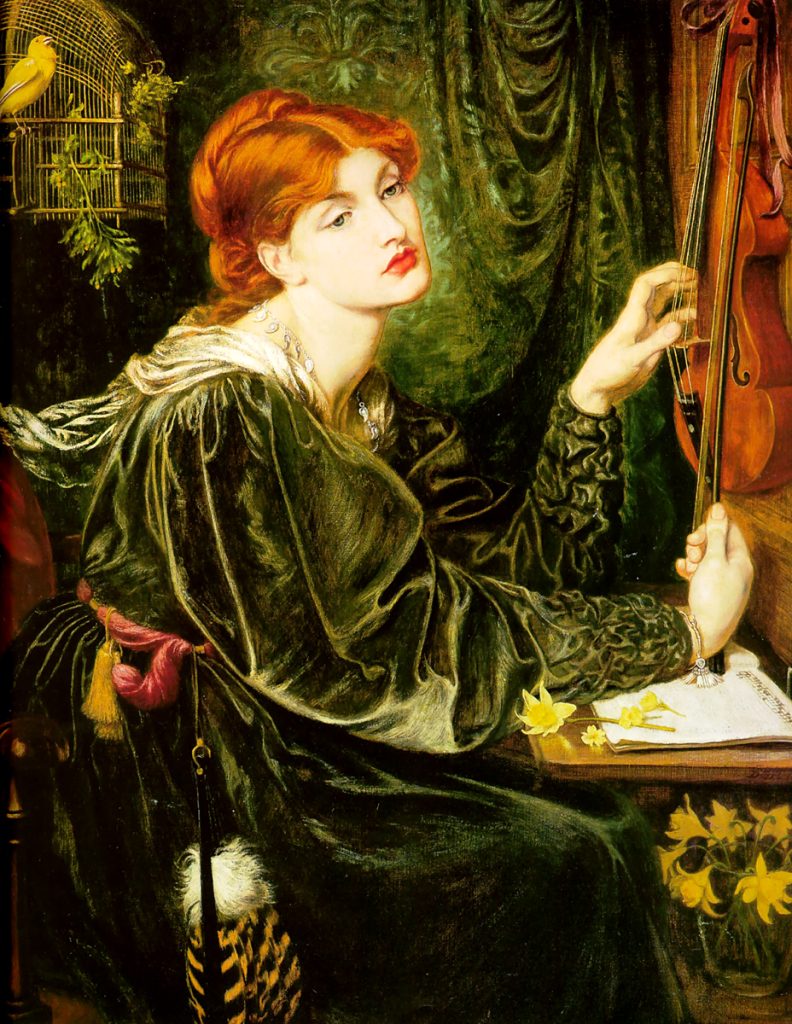
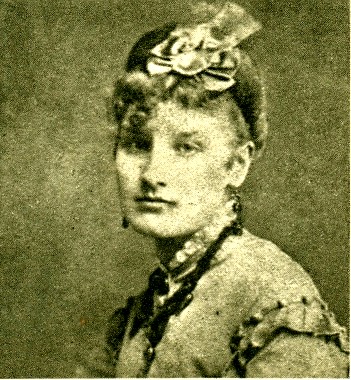
What about Pre-Raphaelite beauty in today’s woman?
It may seem as if I am pitting these women against each other and sizing them up according to physical appearance, but that is not my intention at all. Rather, I’m trying to demonstrate that what we perceive today as Pre-Raphaelite beauty is, in fact, an amalgamation.
The Pre-Raphaelites were a varied group, and their individual perceptions of what was aesthetically pleasing have blended together into something beautiful and bold.
That is a liberating and inspiring concept. It tells us that we are each Pre-Raphaelite Stunners. It took several types of women to develop the Pre-Raphaelite ideal; it takes women of all types to make up our world.
Break free from society’s limited standards of beauty. Embrace your unique strengths and quiet the inner critic that tries to hold you back. Remember, you are a living embodiment of beauty and, together, we can celebrate the diverse beauty that makes up our world.
More about the Pre-Raphaelites
- Birth of the Brotherhood
- Dante Gabriel Rossetti: The Romantic Rebel of the Pre-Raphaelites
- John Everett Millais: The Prodigy Who Painted Emotion
- Pre-Raphaelite FAQs
- Pre-Raphaelite List of Immortals
- Pre-Raphaelite Luminosity
- The Diaries of William Allingham
- William Holman Hunt: The Visionary of Pre-Raphaelite Symbolism
- Women of the Pre-Raphaelite Circle

